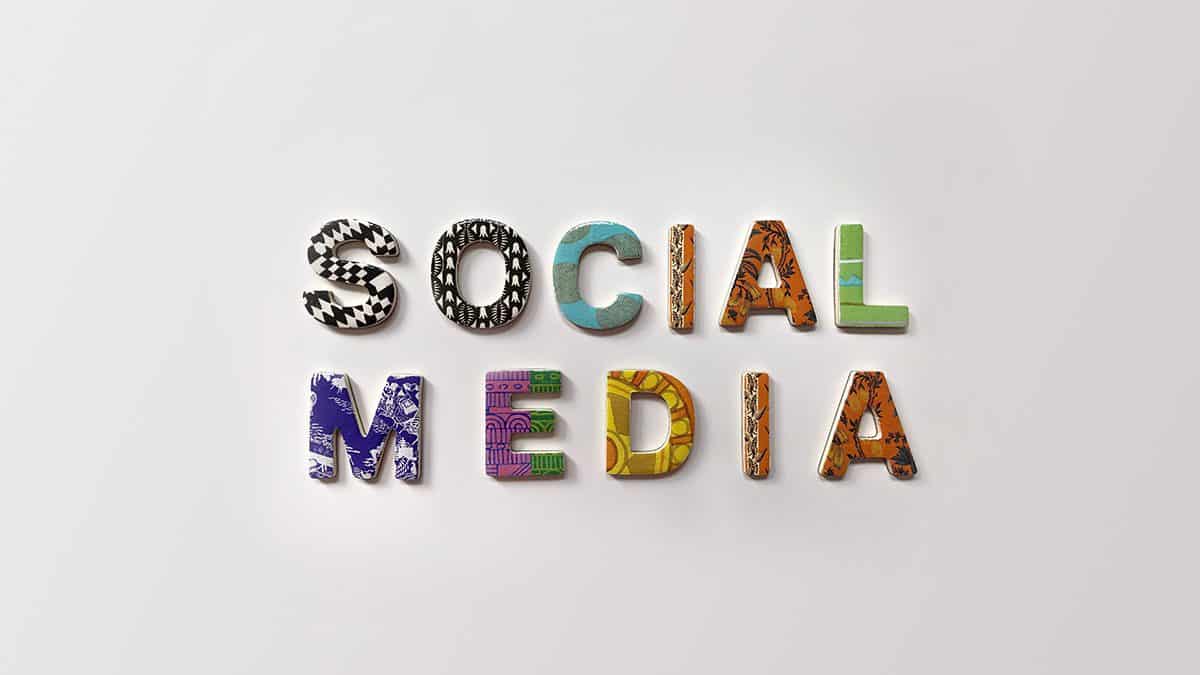Smartphones are here to stay. 257 million Americans had a smartphone in 2018, and that number is only going to rise as the years go by. People do everything on their phones; text and call each other, browse social media, read books, and surf the internet. Finding a way to advertise to those users can go a long way to spreading brand awareness. But there are some key differences between internet advertising on a computer and advertising on a mobile device. Let’s go through desktop vs mobile advertising.
Real Estate
The biggest difference between mobile devices and a personal computer is the available space. With a computer, space is hardly ever an issue. Even with the smallest laptops, full-screen browsers offer plenty of space to display menus, banners, navigation tools, and columns for text. Mobile devices are another story. Even with a tablet, the available space for different compositions is limited. Keeping in mind how your website or ad will be displayed on a phone or tablet will help improve reactions to your brand.
Try to keep your call to actions simple on a mobile page. One link to a cart or a contact page is more than enough for a mobile page. Keep the text to one column and make sure it scales for mobile. There’s nothing quite as annoying as having to zoom in and out of a text, scrolling across the page, just to read it.
Optimization
While utilizing the available real estate and space you have for mobile, it is also vital you optimize your page for mobile users; or use a mobile-specific page. Many websites’ navigation relies on mouse hovering, holding your cursor over a link to show more menus. This doesn’t exist on mobile. There are no cursors, only fingers. Having a system that relies on something not there is only going to annoy and frustrate users.
Videos
Videos are another sticking point with mobile users. Many websites will load a video when users access the site. Maybe it’s a news story, maybe it’s an ad. Whatever it is, it must load. This isn’t a problem with a computer over Wi-Fi. Wireless internet is pretty fast nowadays, so bandwidth isn’t a big deal for some at home. Using mobile data, however, is not as quick. You have limited bandwidth on mobile and having a video load right out the gate may slow down site load times.
Adobe Flash is installed on close to 90% of computers, so designing an ad running on flash isn’t a terrible idea for desktop. But for mobile, flash isn’t nearly as popular. It runs only on a few versions of Android operating systems and is completely banned by iOS. That means if you have an ad based on flash, anyone using Apple products won’t see it.
Know Which Ads to Use
Knowing what types of ads to run when interacting with mobile users is crucial. Most people, while using a computer, are sitting down, focusing on the screen in front of them. Often, they’re working or doing something that needs a computer specifically. Longer ads work well here because they’re captive audiences. Mobile usage is different. Users are more likely to use their mobile devices in between activities that require their attention. Browsing social media on the train during their commute, texting a friend while in the waiting room of an appointment, shopping online while on their couch during a commercial break. Mobile devices have used a distraction for most, something to fill downtime with. Keeping your ads short for mobile is ideal. If it’s too long, people might get bored and move on.
Conclusion
There are some key differences between desktop and mobile marketing. Being aware of these differences and knowing how to utilize the advantages and avoid the disadvantages is important. Having a mobile-optimized site is ideal. This way you can take advantage of the benefits of both formats without having to tip-toe around the detractions of the other format. You can tailor ads for the focus you get from a computer user and use the higher interaction rates of mobile users. If you have any questions, contact us here!



